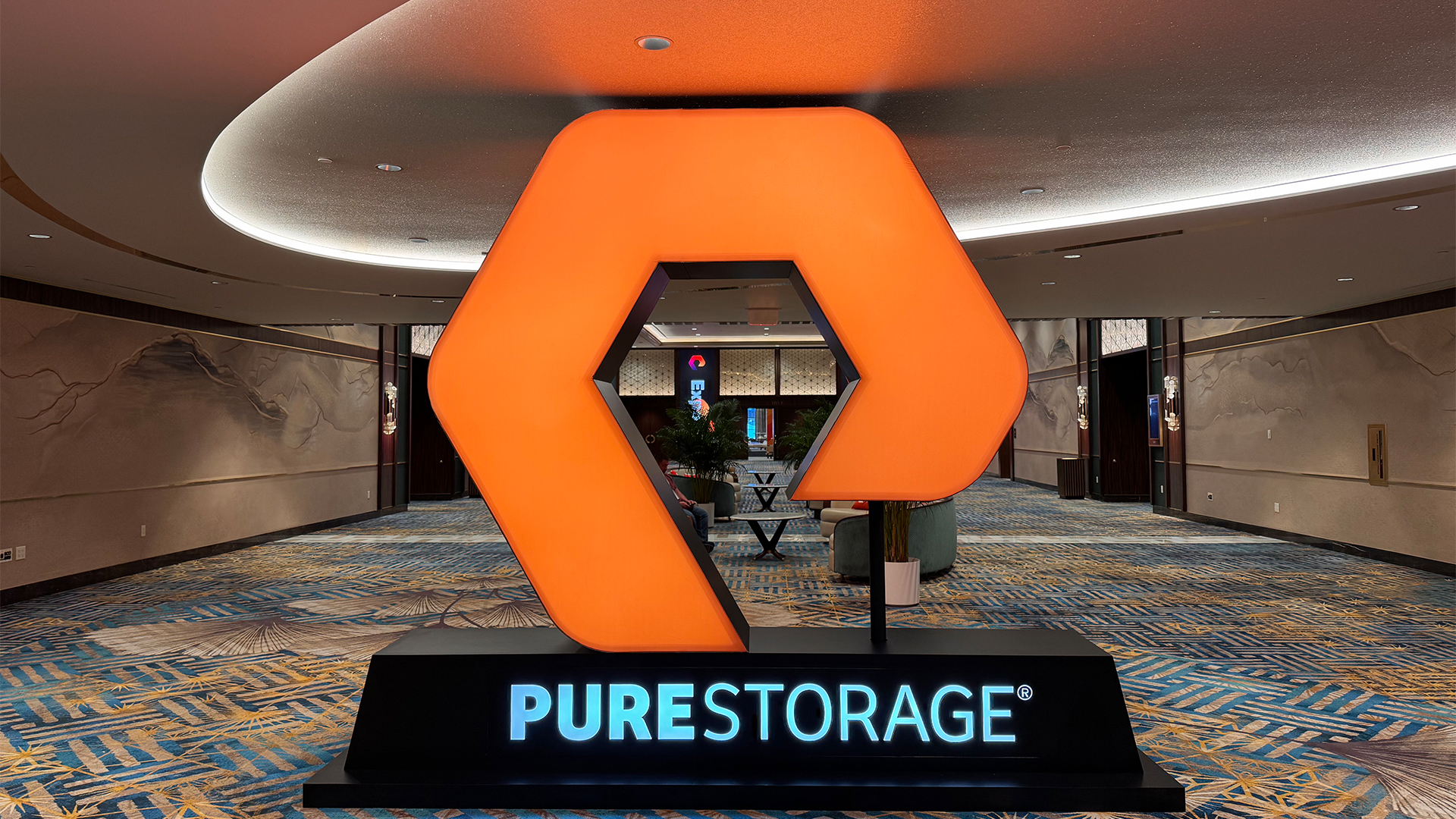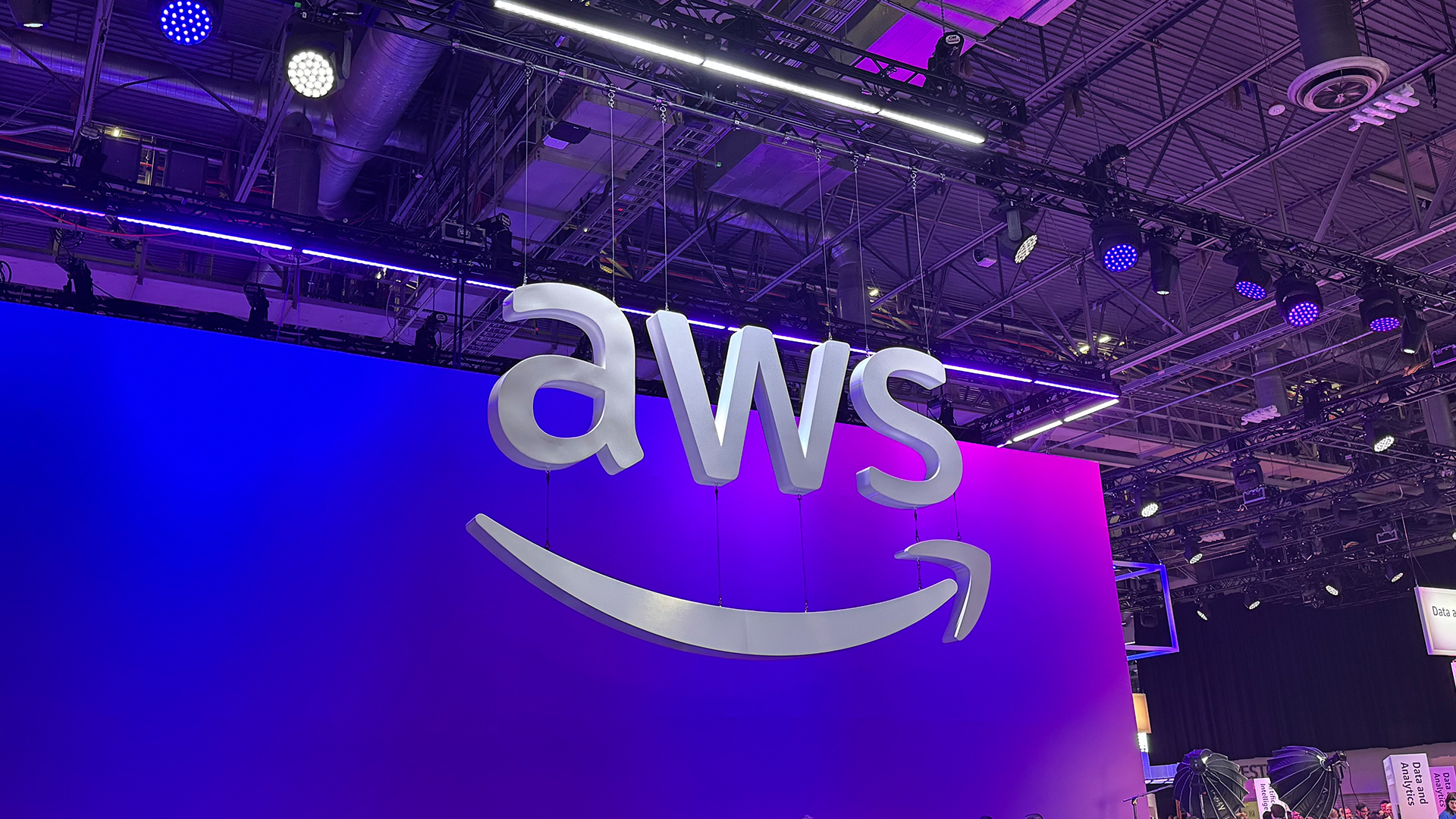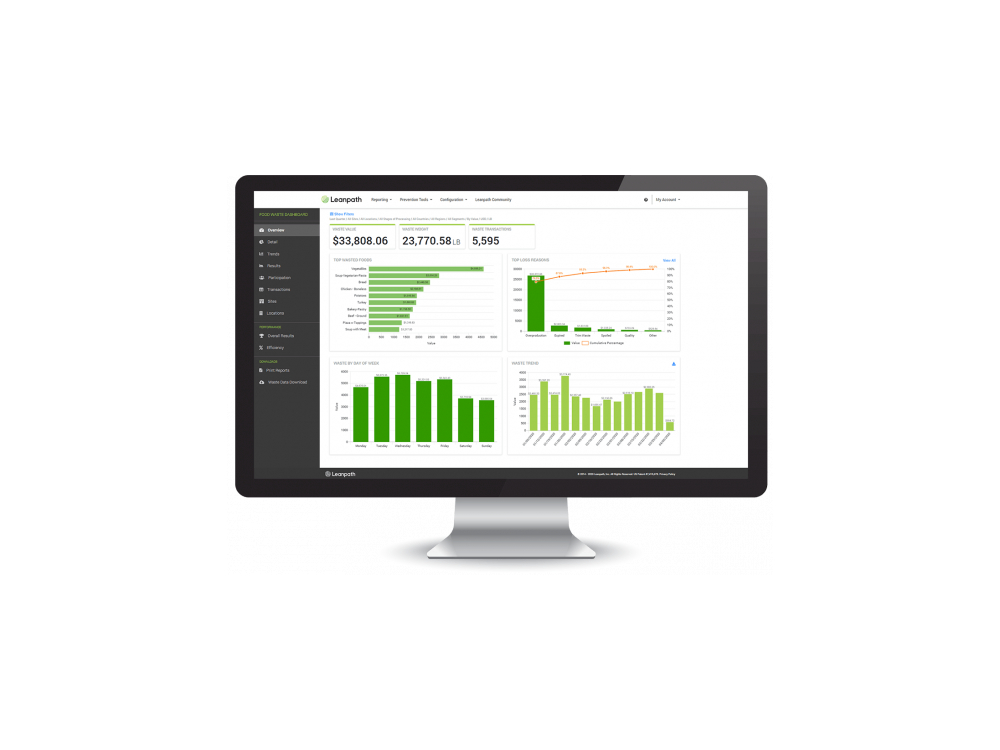Online spending: Taking up the £100bn opportunity
Online retail spending continues to grow rapidly. Businesses that are not prepared will be leaving money on the table

Inside the enterprise: In July, Britons spent a staggering 8.1bn online 14 per cent more than they spent in July 2013.
The data, from the IMRG Capgemini e-Retail Sales Index, show that online spending is continuing to grow, and in some cases, grow rapidly.
The research, which takes information from more than 100 online only and offline and online stores, found that consumers are increasingly willing to pay for the more expensive goods and services over the internet.
So-called "big ticket" items, including holidays and electricals including white goods and TVs reported the strongest increases. Travel was up 13 per cent year-on-year, and electricals were up 19 per cent.
This, though, will hardly surprise any business that sells online. Over the last few years, spending has continued to move from the store to the internet, with even venerable brands such as John Lewis seeing significant sales through their online channels. Mobile commerce being able to shop on a smartphone will only speed up the trend.
According to Tina Spooner, chief information officer at IMRG, this means that UK online spending is on track to reach 100bn a year, for the first time, later this year. This means it is something businesses cannot ignore.
This will have implications for IT teams. Larger companies have been investing steadily in online commerce, and the infrastructure to support it. Being able to hold stock and then sell it online and offline known as "multi channel" in the trade is important for enabling companies to bolster their online sales.
Sign up today and you will receive a free copy of our Future Focus 2025 report - the leading guidance on AI, cybersecurity and other IT challenges as per 700+ senior executives
Initiatives such as "click and collect", where consumers order online but pick up goods from stores, have helped to boost sales of more expensive items. So have consumer-friendly returns policies, something online-only retailers such as ASOS have used to good effect to build up their reputations and sales.
Tying warehousing and distribution in to online sales is not always easy. It needs robust systems, which can track stock levels in real-time. Internal stock movements need to be slick: unless a retailer can move items between stores and the warehouses quickly, they can end up having to hold more stock than they need, eating into profits. And it goes without saying the e-commerce website needs to be well designed, easy-to-use and secure.
For smaller businesses, the challenges may be smaller, but it's also likely that there will be fewer experts on hand to help build a multi-channel retail system. But, against this, there are plenty of easy to use, easy to configure online storefront systems. Smaller companies, especially those selling to other businesses, could well take advantage of these.
Customers, both consumers and business buyers, are increasingly likely to be frustrated if they can't deal with a company online. And, with a potential prize of 100bn in sales to go after, any sales-focused company should be looking carefully at how well it is set up online retailing.
Stephen Pritchard is a contributing editor at IT Pro.
-
 Pure Storage’s expanded partner ecosystem helps fuel Q3 growth
Pure Storage’s expanded partner ecosystem helps fuel Q3 growthNews The data storage vendor has announced a 16% year-over-year revenue hike in its latest earnings report, driven by continued channel and product investment
-
 Partners have been ‘critical from day one’ at AWS, and the company’s agentic AI drive means they’re more important than ever
Partners have been ‘critical from day one’ at AWS, and the company’s agentic AI drive means they’re more important than everNews The hyperscaler is leaning on its extensive ties with channel partners and systems integrators to drive AI adoption
-
 Preparing for peak: How customers purchased during peak
Preparing for peak: How customers purchased during peakwhitepaper The online shopping trends that shaped the parcel delivery experience during the busiest time of the 2022 calendar
-
 How Crew Clothing went mobile to turn around a struggling business
How Crew Clothing went mobile to turn around a struggling businessCase Study Mobile sales tech unleashed a tide of change, buoying further growth across the UK coast-inspired casualwear chain
-
 Going contactless with shoppers in a post-COVID world
Going contactless with shoppers in a post-COVID worldWhitepaper Retail guide
-
 Leanpath’s new tools help reduce food waste and costs
Leanpath’s new tools help reduce food waste and costsNews Impact Suite uses automated action plans to help kitchens address food waste issues
-
 How web retailers cope with the demands of the holiday season
How web retailers cope with the demands of the holiday seasonIn-depth Christmas, New Years, Boxing Day, January sales… How can web retailers meet the demands of seasonal peaks in sales?
-
 Retailers start Black Friday early to avoid system outages
Retailers start Black Friday early to avoid system outagesNews Many online retailers have learnt from the mistakes of last year by launching sales weeks or even months early
-
 Amazon's drone delivery might track customer location info
Amazon's drone delivery might track customer location infoNews The service will use a person's smartphone data to find them and deliver even if they are not in a static location
-
 Cook deploys Qlik to track Christmas sales
Cook deploys Qlik to track Christmas salesNews Homemade food retailer uses visual analytics to react faster to customer demand